I've struggled with the same problem over an hour and finally @kenorb's solution rescued me. To be short you need to add a browser extension that does the authentication for you (since Selenium itself can't do that!).
Here is how it works for Chrome and Python:
- Create a zip file proxy.zip containing two files:
background.js
var config = {
mode: "fixed_servers",
rules: {
singleProxy: {
scheme: "http",
host: "YOU_PROXY_ADDRESS",
port: parseInt(YOUR_PROXY_PORT)
},
bypassList: ["foobar.com"]
}
};
chrome.proxy.settings.set({value: config, scope: "regular"}, function() {});
function callbackFn(details) {
return {
authCredentials: {
username: "YOUR_PROXY_USERNAME",
password: "YOUR_PROXY_PASSWORD"
}
};
}
chrome.webRequest.onAuthRequired.addListener(
callbackFn,
{urls: ["<all_urls>"]},
['blocking']
);
Don't forget to replace YOUR_PROXY_* to your settings.
manifest.json
{
"version": "1.0.0",
"manifest_version": 2,
"name": "Chrome Proxy",
"permissions": [
"proxy",
"tabs",
"unlimitedStorage",
"storage",
"<all_urls>",
"webRequest",
"webRequestBlocking"
],
"background": {
"scripts": ["background.js"]
},
"minimum_chrome_version":"22.0.0"
}
Add the created proxy.zip as an extension
from selenium import webdriver
from selenium.webdriver.chrome.options import Options
chrome_options = Options()
chrome_options.add_extension("proxy.zip")
driver = webdriver.Chrome(executable_path='chromedriver.exe', chrome_options=chrome_options)
driver.get("http://google.com")
driver.close()
That's it. For me that worked like a charm. If you need to create proxy.zip dynamically or need PHP example then go to the original post
 I am using following code to instantiate chrome driver,
I am using following code to instantiate chrome driver,



